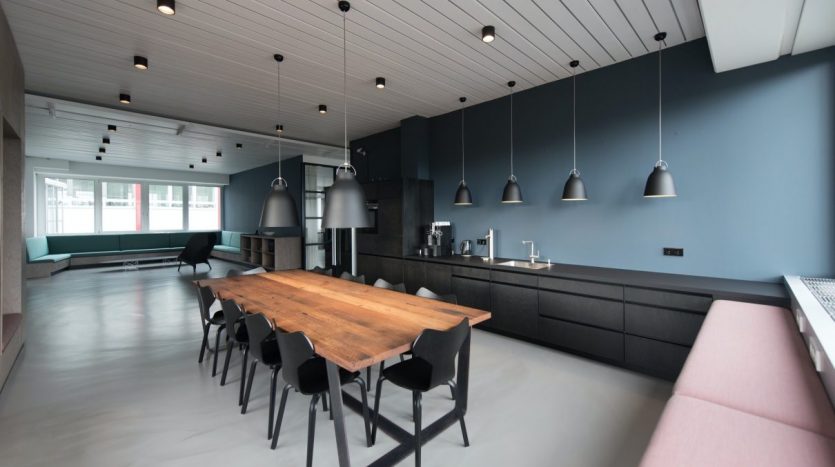What Is a Common Area?

If you’re renting an apartment in a large complex, one of the perks you might have is access to some common areas. The question is What Is a Common Area?
A common area is a place that everyone in that apartment building or complex can use. It’s part of the benefits offered by a landlord or property management agency to choose that place as home over the other options in the community.
If you have a playground, swimming pool, or lounge area available to use, these places will typically receive this designation.
Here is what you need to know about these spaces and how your use could impact your lease.
1. Most common areas are the landlord’s responsibility.
When you read an apartment lease, you’ll see that common areas are typically under the landlord’s responsibility. This expectation is a national standard. Although some exceptions apply, or you might get asked to help in some jurisdictions, tenants are responsible for their “home space” while the other areas of a building that everyone uses are not.
2. Common areas include more than amenities.
If you live in a large apartment building, the hallways, elevators, staircases, and similar areas fall under the common area definition. A parking lot, courtyard, and even a laundry room could be included. When these areas fall into disrepair, your property management agency or landlord might appreciate a note that describes the problem.
Some people don’t report issues because they’re concerned that they’ll get billed for the repair. Unless you caused the damage (intentionally or not), it’s not typically your responsibility to rectify the situation.
3. Tenants can’t claim a specific space as their own.
If you have accessible common areas for your apartment, those spaces are intended for all tenants. Some people try to create partitions or claim specific spots that only they can use, but this action is typically not permitted. If you have any questions about what you can access, please feel free to ask your landlord or property manager to clarify.
4. Purposeful Damage Could Be a Lease Violation
Many leases require tenants to treat the common areas with the same respect as they do in their apartments. That means intentional damage could be considered a lease violation. Although eviction moratoriums have stopped some proceedings, it isn’t complete protection against destructive behavior. Even if it is an invited guest who creates the problem, you’ll be held responsible for the issue.
5. Some common areas might be restricted.
You might see some rules attached to your lease that dictate how to access a common area. It is not unusual to see stipulations like, “Tenants must stay off of the landscaping.” Another is, “No loitering is allowed after 11 pm.” If you break these rules, it could be treated as a lease violation. That’s why it helps to be on the same page so that the landlord-tenant relationship can be a positive one!
Although most landlords and property managers stay on top of their common area responsibilities, some problems can develop between inspections. A phone call to talk about a burned-out bulb or a broken lock is often all it takes to correct the issue. Try to be as specific about the problem when filing a report to get the resolution you prefer.

